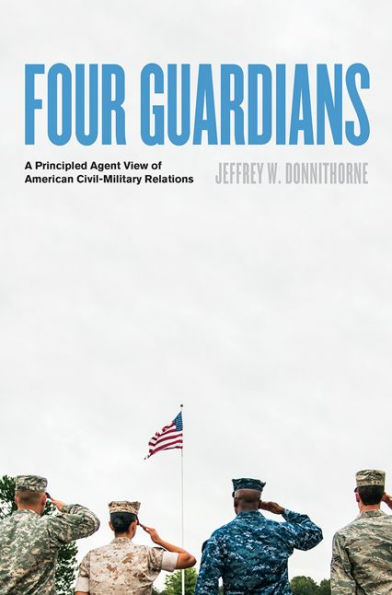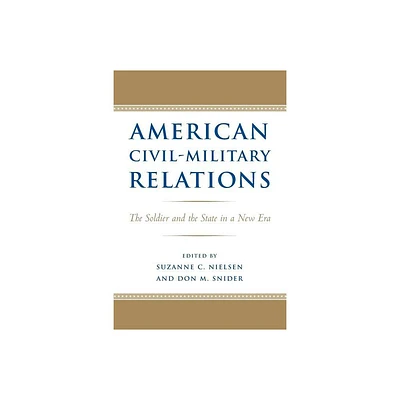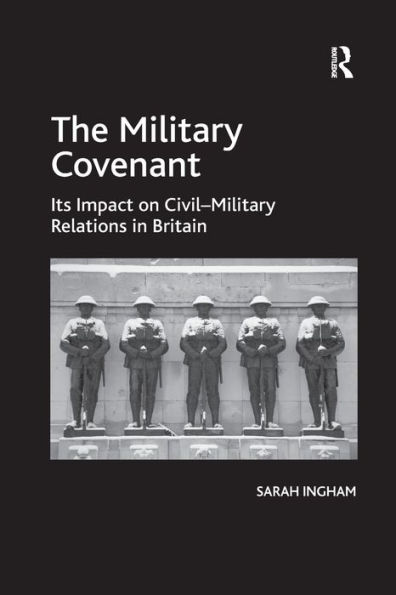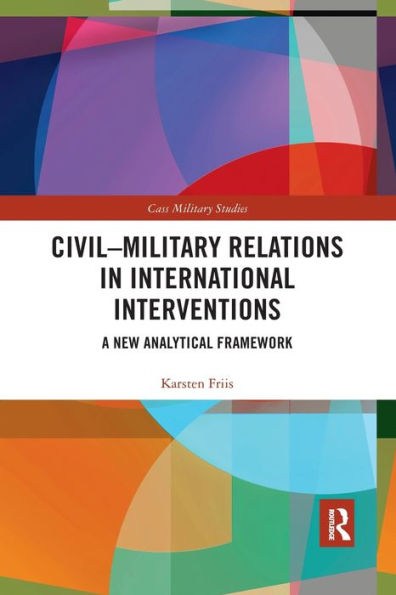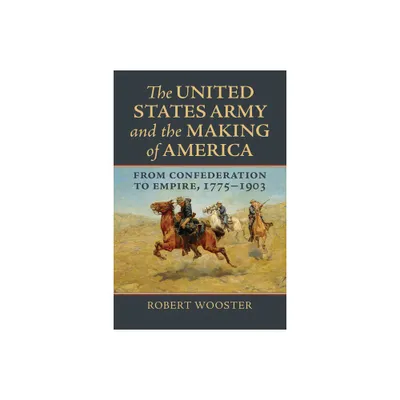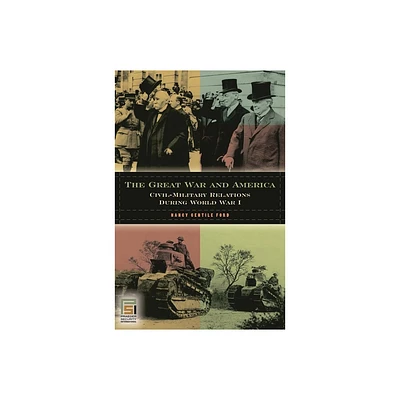Home
Uneasy Balance: Civil-Military Relations in Peacetime America since 1783
Loading Inventory...
Barnes and Noble
Uneasy Balance: Civil-Military Relations in Peacetime America since 1783
Current price: $50.00


Barnes and Noble
Uneasy Balance: Civil-Military Relations in Peacetime America since 1783
Current price: $50.00
Loading Inventory...
Size: OS
*Product Information may vary - to confirm product availability, pricing, and additional information please contact Barnes and Noble
In the first book to focus on civil-military tensions after American wars, Thomas Langston challenges conventional theory by arguing that neither civilian nor military elites deserve victory in this perennial struggle. What is needed instead, he concludes, is balance.
In America's worst postwar episodes, those that followed the Civil War and the Vietnam War, balance was conspicuously absent. In the late 1860s and into the 1870s, the military became the tool of a divisive partisan program. As a result, when Reconstruction ended, so did popular support of the military. After the Vietnam War, military leaders were
too
successful in defending their institution against civilian commanders, leading some observers to declare a crisis in civil-military relations even before Bill Clinton became commander-in-chief.
Is American military policy balanced today? No, but it may well be headed in that direction. At the end of the 1990s there was still no clear direction in military policy. The officer corps stubbornly clung to a Cold War force structure. A civilian-minded commander-in-chief, meanwhile, stretched a shrinking force across the globe. With the shocking events of September 11, 2001, clarifying the seriousness of the post-Cold War military policy, we may at last be moving toward a true realignment of civilian and military imperatives.
In America's worst postwar episodes, those that followed the Civil War and the Vietnam War, balance was conspicuously absent. In the late 1860s and into the 1870s, the military became the tool of a divisive partisan program. As a result, when Reconstruction ended, so did popular support of the military. After the Vietnam War, military leaders were
too
successful in defending their institution against civilian commanders, leading some observers to declare a crisis in civil-military relations even before Bill Clinton became commander-in-chief.
Is American military policy balanced today? No, but it may well be headed in that direction. At the end of the 1990s there was still no clear direction in military policy. The officer corps stubbornly clung to a Cold War force structure. A civilian-minded commander-in-chief, meanwhile, stretched a shrinking force across the globe. With the shocking events of September 11, 2001, clarifying the seriousness of the post-Cold War military policy, we may at last be moving toward a true realignment of civilian and military imperatives.

